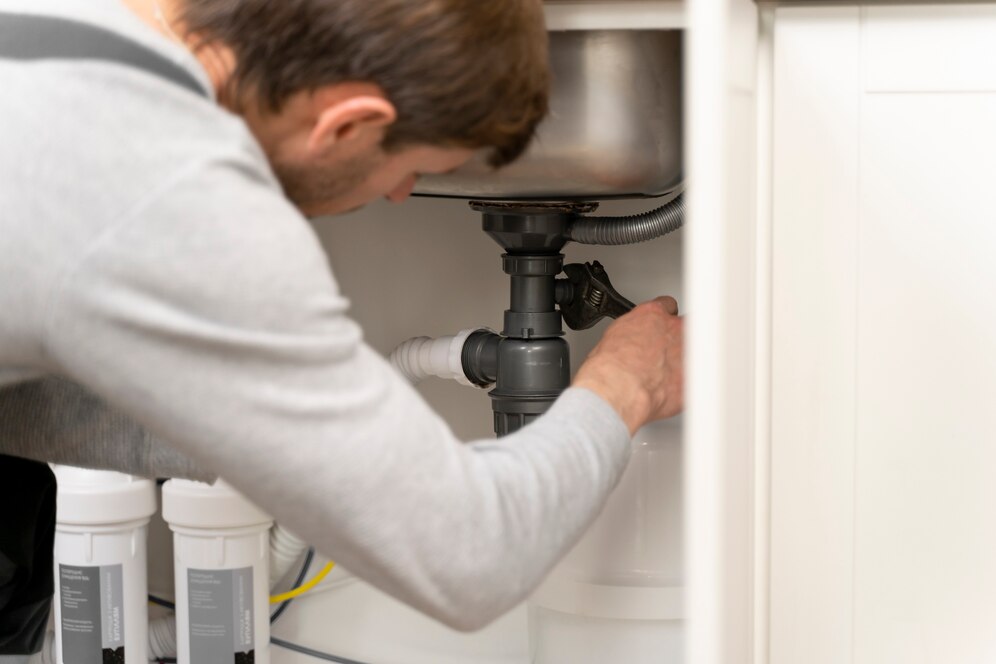Low water pressure can be frustrating, but there are steps you can take to address it:
- Clean the Fixtures:
- If the low pressure is isolated to one fixture, mineral build-up may be the culprit.
- Use a vinegar-soaked rag to remove mineral deposits from the fixture. Let it sit for at least an hour, then rinse.
- Check Water Meter Valves:
- Ensure that all water meter valves are fully open.
- Locate the shut-off valve, typically found near the water meter. It may resemble a tab or a knob.
- If it’s a tab valve, make sure it’s parallel to the pipe. If it’s a knob valve, turn it to the left to open fully.
- Inspect the Pressure Regulator:
- The pressure regulator maintains water pressure to prevent damage to pipes.
- If it’s malfunctioning, it can lead to low or excessive water pressure.
- Contact a professional plumber to repair or replace the pressure regulator.
- Check Old Pipes:
- Corroded or outdated pipes can restrict water flow and cause low pressure.
- Consider replacing corroded pipes, especially if they’re made of steel.
- Opt for PEX tubing for replacements, as it can be more cost-effective than copper pipes.
- Address Excessive Water Pressure:
- High water pressure above 80 psi can cause pipe damage and other issues.
- If you have excessive water pressure, consult a plumber to reduce the water flow to a safe level (52 to 75 psi).
Regular maintenance and timely repairs can help ensure optimal water pressure throughout your home. If you’re unsure about diagnosing or fixing the issue, it’s best to consult a professional plumber to avoid further damage or complications.

